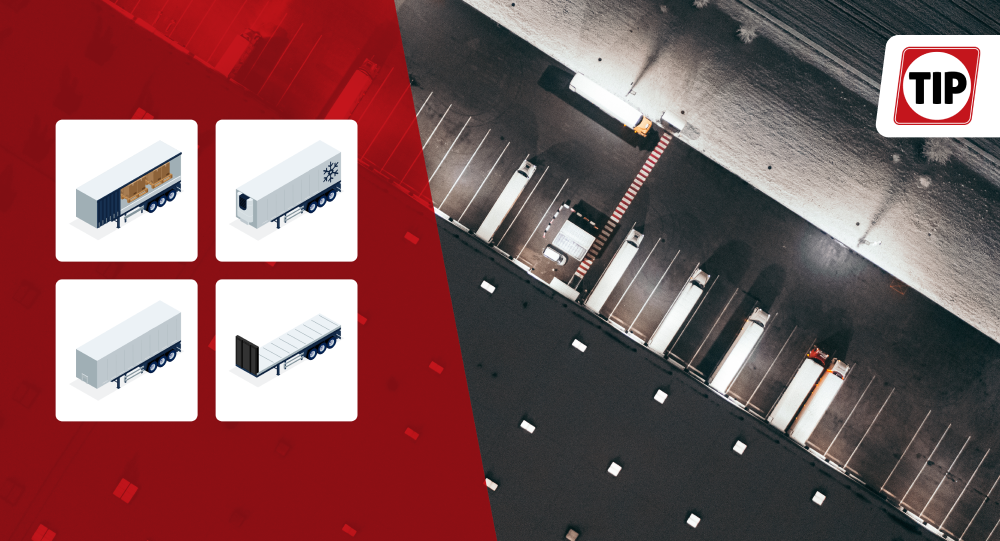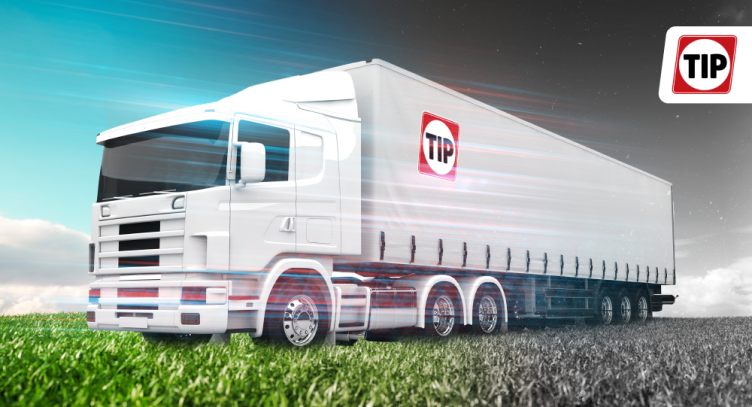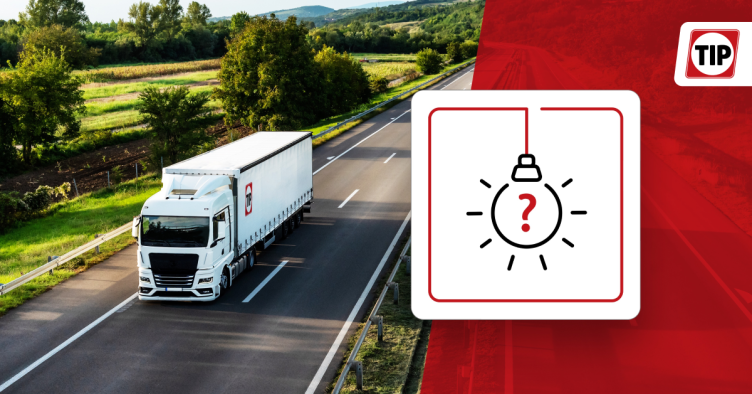Semi Trailers Explained : Which Type to Buy
Trucks and trailers are the most commonly used means of transporting inland freight worldwide. In fact, the number of tonne-kilometres hauled by road freight transport in Europe rose by 19.3 % to reach 496.5 billion during 2021.
With so many different types of trailers on the road today, it’s important to know what the best trailer is for certain requirements, and which is best for your needs. For instance, the right trailer is dependent on the type of load you need to carry, its dimensions and its weight.
If you’re already thinking “What trailer should I buy?”, here is a list of the most common types of trailers in the industry to facilitate your choice.

Curtainsider Trailer
Curtainsider trailers, or tautliners, are the most common type of semi-trailer on the road. Curtainsider trailers have a solid top, front, and rear with built-in tarp systems creating flexible sides which can be opened to load and unload goods. Suitable for almost all transport types, curtainsiders are the best trailers for cargo that requires protection from the elements combined with easy loading/unloading capabilities.
Most curtainsider trailers come in both 15-meter and 16-meter variations with a maximum cargo height and width of 2.5-meters and a maximum cargo weight of around 20,000 kilograms.
Pros of Curtainsider Trailers
-
Most affordable option due to less hardware (predominantly tarps/curtainsiders).
-
Easy loading and unloading.
-
Great protection from severe weather conditions due to its tight seams and hard top.
-
Aluminum roofing provides exceptional durability.
Cons of Curtainsider Trailers
-
Curtainsiders are more vulnerable to theft due to its structure. However, by choosing side cargo buckle straps and internal aluminum protection the chances to be opened are becoming significantly less.
-
Curtains may be more easily damaged compared to hard-side trailers, requiring more upkeep.
-
If the load shifts in transit, the curtains may bulge on one side.
Refrigerated Trailer (Reefer)
As the name suggests, refrigerated trailers or “reefers” are designed to transport all kinds of freight that require particular temperature control. Refrigerated trailers come with manually adjustable temperature controls and insulated walls, which create a steady and controlled temperature that remains throughout the transit journey. This feature makes them the best trailer for hauling perishable items such as fruits and vegetables, fresh foods, beverages, pharmaceuticals, and much more.
Most refrigerated trailers have a maximum weight capacity of around 20,000 kilograms. The insulated walls mean the maximum height refrigerated trailers can haul is usually about 2.5-meters with a maximum width of also around 2.5-meters.
Pros of Refrigerated Trailers
-
Can transport both temperature-sensitive and dry freight, allowing you to combine different cargo types in one load.
-
Carefully designed loading and unloading features aligned to most grocery store loading docks make pick-up and delivery seamless.
-
The trailer design helps protect goods from spoilage, damage, weather, and theft.
Cons of Refrigerated Trailers
-
Damage to the trailer or its temperature control system can result in soiled products. A telematics installation is also advised to have full control of the load condition.
-
Loading cargo can take more time due to pre-cooling requirements determined by the type of perishable goods.
Box Trailer
Box trailers are the best trailers for transporting “dry” cargo – boxed, pallet-based, or loose goods. They are commonly used to ship everyday items such as non-perishable foods, clothing, and household goods. Their enclosed containers are shaped like a box which allows them to perfectly back into any loading bay dock. Dry van trailers are the most common trailers used in transportation and are considered the safest.
Dry van trailers typically measure 16-meters in length and have a maximum weight range of around 20,000 kilograms. Dry van trailers are highly versatile and cost-effective, making them a go-to solution for the world’s largest businesses.
Pros of Dry Van Trailers
-
Highly versatile – they can transport most types of cargo making them the best trailers for transporting anything other than perishables, oversized, or hazardous materials.
-
Very efficient – they can consolidate a wide range of materials into one shipment.
-
Cargo is safe and secure from severe weather, theft, and damage in transit.
-
No need for straps or covers.
Cons of Dry Van Trailers
-
Cargo encasement restrictions and floor weight limits mean they are not suited to carrying oversized loads.
-
Cannot transport perishables including food and beverage, art, flowers, and temperature-sensitive pharmaceuticals.
-
Most have hardwood floors making them vulnerable to moisture, limiting their life span.
Flatbed Trailer
Flatbed trailers, or platform trailers, are open trailers that have no side walls or curtains. They are the best trailers for special transport of oversized goods like heavy machinery and large equipment (vehicles, steel, wood, concrete structures, etc.). There are many types of flatbed trailers but the most common are the standard flatbed, step deck, and double drop.
Flatbed trailers allow you to easily load and unload open-air goods from different angles (top, sides, rear) using forklifts and cranes. They are very commonly used worldwide as they are very versatile and come in different sizes (7m, 12m, 14m, 15m, and 16m) although the 15-meter flatbed trailer is the most popular.
Flatbed trailers usually have a maximum height and width of 2.5-meters and can haul a maximum capacity of 22,000 kilograms.
Pros of Flatbed Trailers
-
Easy to load cargo from all sides.
-
Best trailer to deliver heavy loads and irregularly shaped cargo.
-
Easier upkeep and less material to maintain thanks to the open deck of the flatbed.
Cons of Flatbed Trailers
-
Requires straps, chains, and various tarpaulin measures to secure freights.
-
Cargo is exposed to theft and weather, meaning transport during severe weather can harm equipment.
-
Due to the size and type of cargo, stricter regulations are required for transport.
-
Drivers are responsible for securing loads.
Single-axle or multi-axle trailer?
When deciding what type of trailer you should buy, it is important to consider if you require a single or multi-axle trailer.
Here is a simple way to know which is best for you.
If you are transporting lighter-weighted cargo then it is best to choose a single-axle trailer. Although they won’t provide much flexibility if your weight demands increase, they cost less and are low on fuel consumption.
If you are hauling heavy freights then a multi-axle trailer is a better option. Although they are more expensive, have higher fuel demands, and consist of more materials (more to maintain), they have higher payload capacity with increased stability.
Used Trailers for Sale
Are you looking to purchase a refrigerated, flatbed, dry van, or curtainsider trailer without compromising safety and quality?
TIP Used is one of the largest suppliers of well-maintained second-hand trucks and trailers in the commercial vehicle sector. With over 55 years of experience, TIP Used offers a variety of high-quality used products from the best brands in Europe, including Krone, Schmitz, SDC, Volvo, MAN and DAF.
Visit tip-used.com to learn more about the available stock in your region or contact one of our sales managers to help you find the perfect transport solution for your needs and budget!



